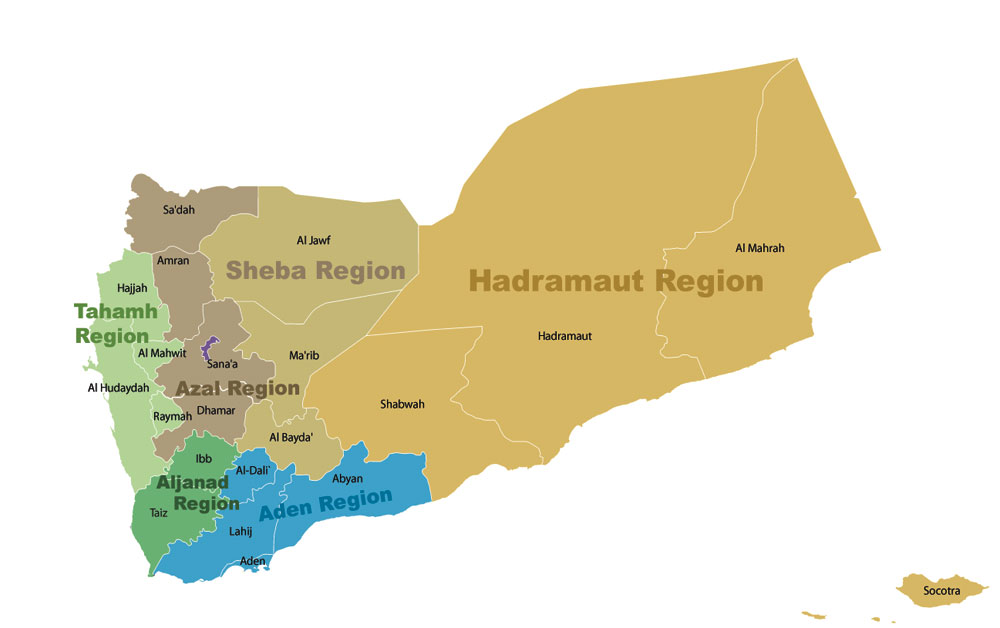Post-Revolution Yemen between Dialogue and Violence
http://www.juancole.com/2014/04/revolution-dialogue-violence.html
Post-Revolution Yemen between Dialogue and Violence
By Juan Cole | Apr. 7, 2014
(by Tobias Thiel)

After ten months of deliberations, Yemen’s 565-member National Dialogue Conference (NDC) closed its doors on January 25, 2014. The NDC was the flagship of Yemen’s negotiated transition process. Jamal Benomar, the UN Special Adviser for Yemen, widely advertised the transition as a model for averting a Syria-style civil war in the violence-riddled Arabian republic. He pronounced the NDC an ‘unprecedented achievement in the history of Yemen’—nothing short of a ‘miracle’—and described it as ‘the most genuine, transparent and inclusive national dialogue the region has ever seen.’
The trajectory of Yemen’s transition, however, is far less hopeful than the language of diplomacy suggests. Whether or not the negotiated transition has averted a civil war in Yemen remains purely speculative, and—even if it has done so indeed—is no guarantee for a peaceful future. Also, the NDC is not historically unprecedented in a country with a strong tradition of conciliatory conferences—some of which have culminated in bloodshed. Looking forward, the litmus test is thus not the consensus reached in the NDC, but whether the US$40,000,000 conference can engender tangible political, economic, legal and social reforms.
A History of Dialogues
National dialogues, in one form or another, have a long history in Yemen. Besides numerous tribal-political congregations during the millennial rule by Zaydi Imams (897-1962), Yemen’s modern history is replete with conciliatory conferences. Yemenis convened a national conference in Haradh as early as November 23, 1965. Three years into the royalist-republican civil war, the 55 delegates were entrusted with determining the preliminary shape of North Yemen’s political system, appointing an interim government and deciding on the modalities of a plebiscite to settle the monarchy-republic dispute by ballots rather than bullets. The consultation started out amicably, but as a contemporary pressman observed, ‘it [was] the dialogue of the deaf. Both sides talk, but neither side listens.’ Overshadowed by violence, the conference broke down.
Between 1980 and 1982, former President Ali Abdullah Salih organised hundreds, perhaps thousands, of discussions on a nationwide scale under the umbrella of the National Dialogue Committee to bolster regime legitimacy. It was—as the current NDC—architected by then Prime Minister Abdulkarim al-Eryani. The National Pact that emerged from these meetings constituted the basis for the General People’s Congress (GPC), the dominant political organisation of the Yemen Arab Republic until it transformed into a political party after unification in 1990. This series of conferences was successful in building a mechanism for state-society relations.
